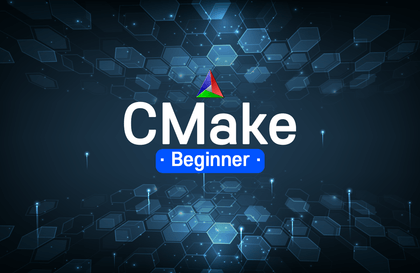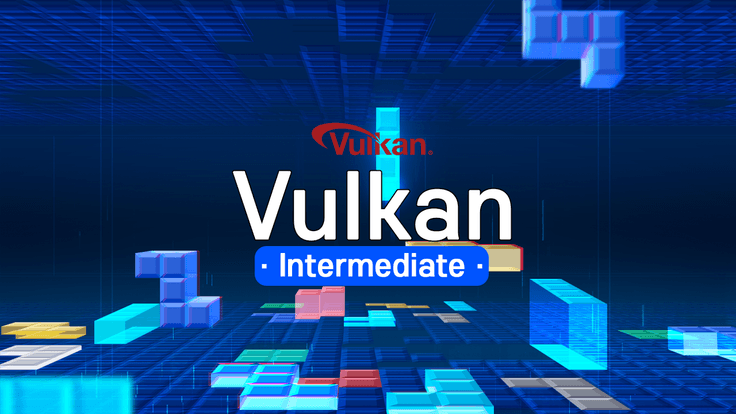
Triangles in action! CMake beginner
triangle
Are you having trouble using CMake? After taking this course, you too will be a CMake expert.
Basic
cmake, vcpkg, C++
This course will help students understand the core concepts of Vulkan, enabling them to write code that effectively utilizes the GPU.

Vulkan
Graphics
Who is this course right for?
Anyone who wants to learn Vulkan
For those who want to switch from OpenGL to Vulkan
Anyone who wants to fix Vulkan issues in the engine
Anyone who wants to contribute to Vulkan open source
Need to know before starting?
CMake
C++
OpenGL
359
Learners
39
Reviews
47
Answers
4.3
Rating
3
Courses
저는 10+년 동안 소프트웨어 분야에서 일하고 있습니다. 그래픽스, 병렬 컴퓨팅, 인공지능에 관심이 매우 많으며 전문성을 키우기 위해 노력하고 있습니다. 저는 삼성전자, AMD, 라인플러스, 카카오브레인을 거쳐서 지금은 Qualcomm 근무하고 있습니다. 개인 사정으로 이직을 하지는 않았지만 Imagination Technologies, 42dot, 하이퍼커넥트, 네이버랩스, Amazon, Google, NVIDIA에 최종 합격한 경험도 있습니다. 앞으로 제가 배운 지식을 여러분에게 공유하고 여러분들로부터 많은 것을 배우고 싶습니다. 🙇
All
44 lectures ∙ (7hr 56min)
Course Materials:
All
8 reviews
3.3
8 reviews
Reviews 17
∙
Average Rating 5.0
Reviews 4
∙
Average Rating 5.0
Edited
5
Although I've used opengl and directx for quite some time, it was difficult to follow the lecture content during the first viewing. This was because a vast number of new functions and structures added in vulkan kept appearing. Fortunately, starting from the second full viewing of the lecture, I gradually began to understand, and by the third viewing, I could understand most of it. It takes several times longer to learn how to texture a triangle in vulkan than it does in opengl. Texturing a triangle requires almost 1300 lines of code. Regarding another person's review saying, "What kind of lecture explains every single struct in vulkan?", in my opinion, I think vulkan lectures inevitably have to be structured this way. This is because it's necessary to explain what each struct member means in the graphics pipeline. The points I found disappointing about the lecture are that there are too few assignments and only the core essentials are explained. Firstly, throughout the entire lecture, there were perhaps only about 4-5 simple assignments? In follow-up lectures, I hope there are more assignments, even simple ones, than now. Doing assignments helped me understand the lecture content more deeply. Secondly, the part where only the absolute core essentials of each vulkan concept were explained was also difficult when I first took the lecture. Explaining only the core makes it easy to remember and organize the content, but since the explanations are too short, I was able to learn more details about parts I couldn't understand solely from the explanations with the help of an LLM. For future lectures, I hope there are more supplementary explanations than now, even if the lecture content becomes a bit longer. I also request that the window framework be glfw, and that you check in advance if there are any errors on other platforms like Windows.
Reviews 1
∙
Average Rating 5.0
Reviews 1
∙
Average Rating 5.0
5
I listened well. The process of making the GPU work in Vulkan is really difficult. Buffer & image synchronization... gfx queue, compute queue synchronization... It's fine when drawing triangles, but If I try to make a game engine by myself later, I can imagine that setting up pipeline & renderpass resources will be very difficult. The lecture was great, but Vulkan itself is a bit disappointing 😭 It would have been nice if it was easy for users to make... I look forward to the advanced course~^^
Reviews 14
∙
Average Rating 4.8
Limited time deal
$138,600.00
30%
$152.90
Check out other courses by the instructor!
Explore other courses in the same field!